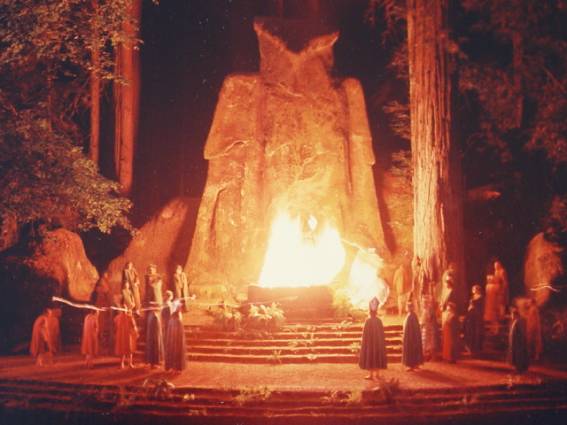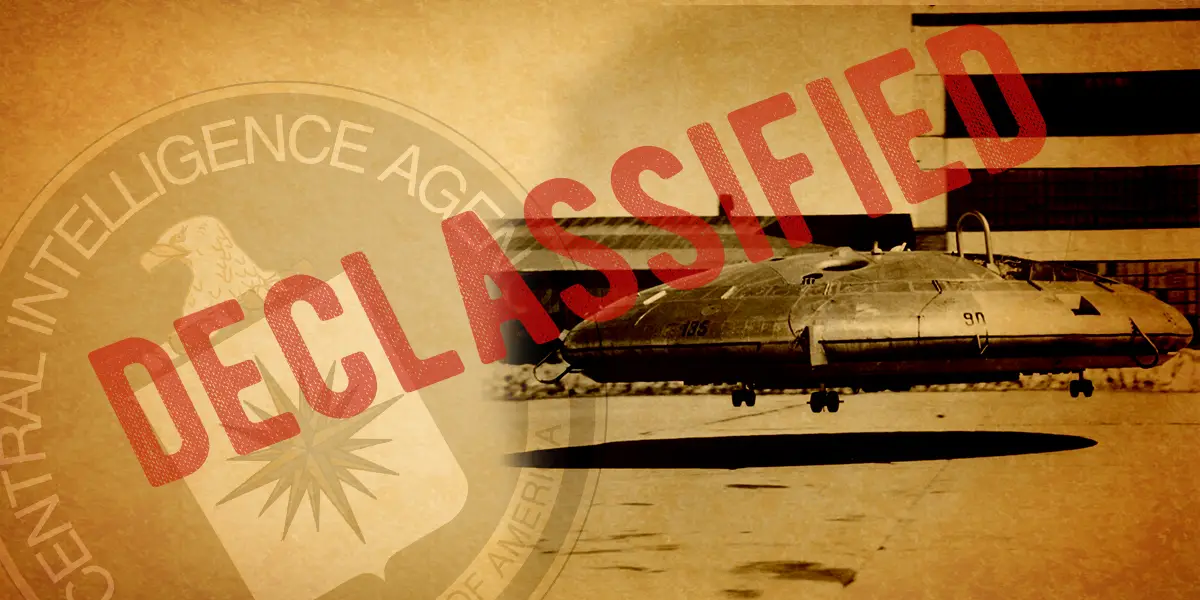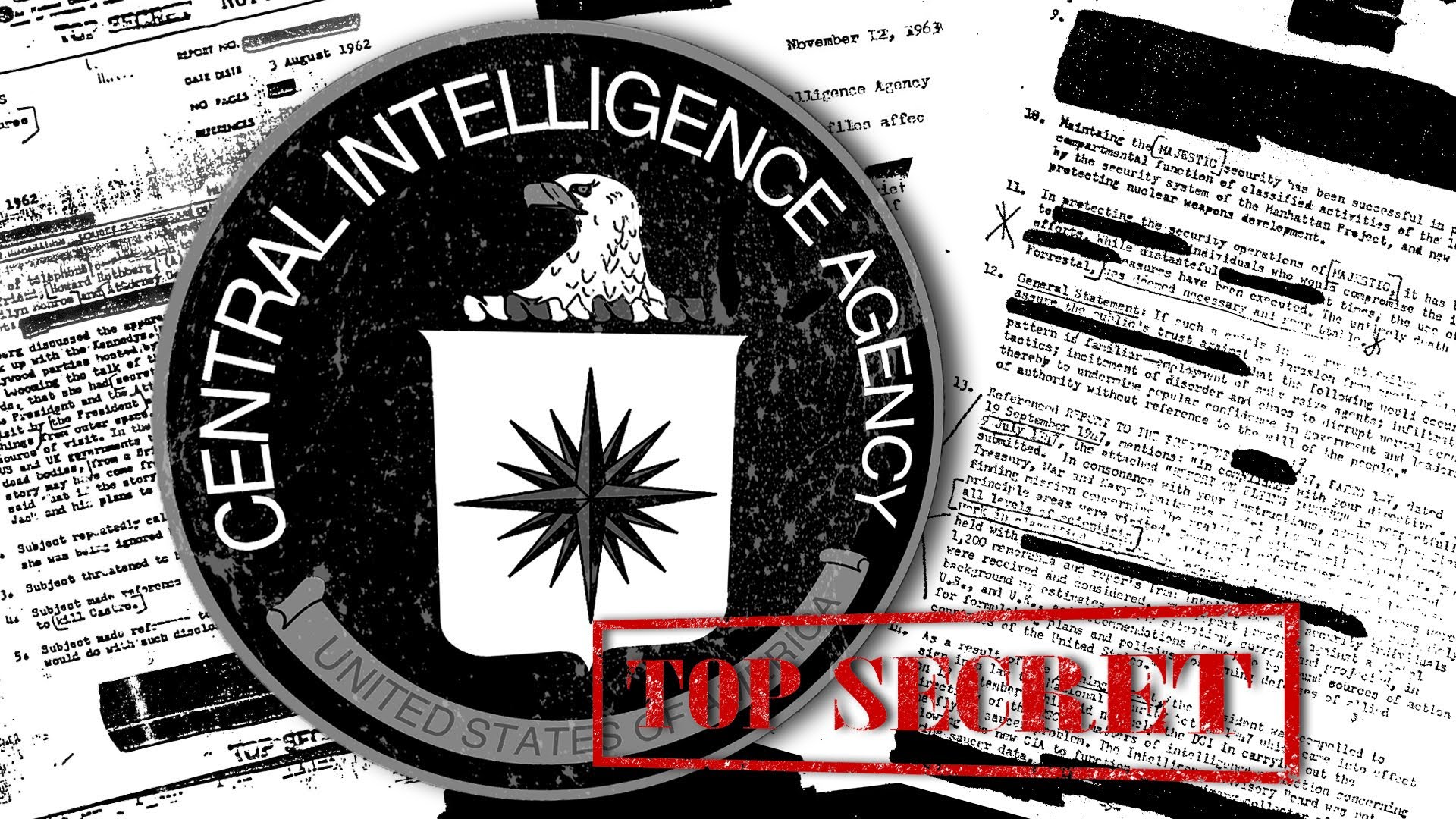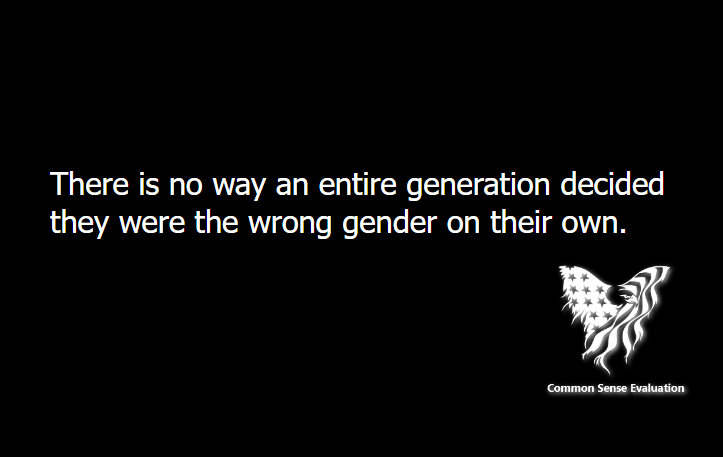Nestled in the redwood forests of Monte Rio, California, lies a place shrouded in mystery and secrecy—a place known as Bohemian Grove. This exclusive retreat, located about 70 miles north of San Francisco, has long been a subject of fascination and speculation. With its illustrious history and high-profile attendees, Bohemian Grove has become synonymous with power, influence, and the elite. Let’s delve into the depths of this secretive enclave and explore its enigmatic allure.
Bohemian Grove was established in 1872 by a group of journalists and artists who sought respite from the bustling city life. Over time, it evolved into a gathering place for the influential and wealthy, including notable figures from politics, business, and the arts. The Bohemian Club, an exclusive private gentlemen’s club based in San Francisco, owns and operates the grove. Membership to the club is highly coveted and primarily consists of men.
The focal point of Bohemian Grove is the annual summer encampment, which takes place over a two-week period in July. During this time, the grove becomes a secluded haven for its members, who come together to engage in a variety of activities. The encampment is renowned for its lavish festivities, featuring theater productions, musical performances, and guest speakers, including prominent politicians and business leaders.
However, what truly captivates the imagination of many is the highly secretive Cremation of Care ceremony that kicks off the encampment. This ritualistic performance, held at the foot of a giant owl statue known as the “Cathedral of Longing,” involves the burning of an effigy symbolizing “dull care” or the burdens of the outside world. Critics argue that this ceremony represents a form of pagan worship or even sinister occult practices. However, the Grove’s members maintain that it is merely a symbolic ritual meant to set aside worldly concerns and foster a sense of camaraderie among the attendees.
Beyond the intriguing rituals and performances, Bohemian Grove serves as an important networking hub for its members. Away from the prying eyes of the public, influential individuals can forge connections and engage in private conversations without the constraints of their public personas. The secluded nature of the grove allows for a relaxed and informal environment, fostering the free exchange of ideas and collaborations that may influence global affairs.
While the allure of Bohemian Grove cannot be denied, it has also been the subject of intense criticism. Detractors argue that the gathering perpetuates an exclusive, male-dominated power structure that operates behind closed doors, potentially influencing political decisions and policy-making outside the democratic process. The secretive nature of the grove has fueled conspiracy theories, suggesting that it serves as a shadowy cabal where the world’s most influential individuals plot and scheme.
Despite the controversy, efforts have been made to shed light on Bohemian Grove. Journalists and activists have attempted to infiltrate the encampment, resulting in the release of covert recordings and accounts of what transpires within its boundaries. These exposures have further fueled public curiosity and skepticism regarding the Grove’s activities.
In recent years, however, the veil of secrecy surrounding Bohemian Grove has been slowly lifted. With the advent of technology and the increasing connectivity of the world, information that was once confined to the inner circles is now more readily accessible. The internet has allowed for greater scrutiny and discussion, enabling the public to form their own opinions about the purpose and influence of the grove.
Bohemian Grove remains an enigmatic symbol of privilege and power. Its annual encampment and secretive rituals continue to attract the attention of both admirers and critics. As the world evolves, it is likely that the grove’s influence and significance will be subject to ongoing scrutiny and debate. In the end, the true nature and impact of Bohemian Grove may forever remain a topic of speculation, woven into the fabric of conspiracy theories and the fascination with the clandestine gatherings of the world’s elite.




